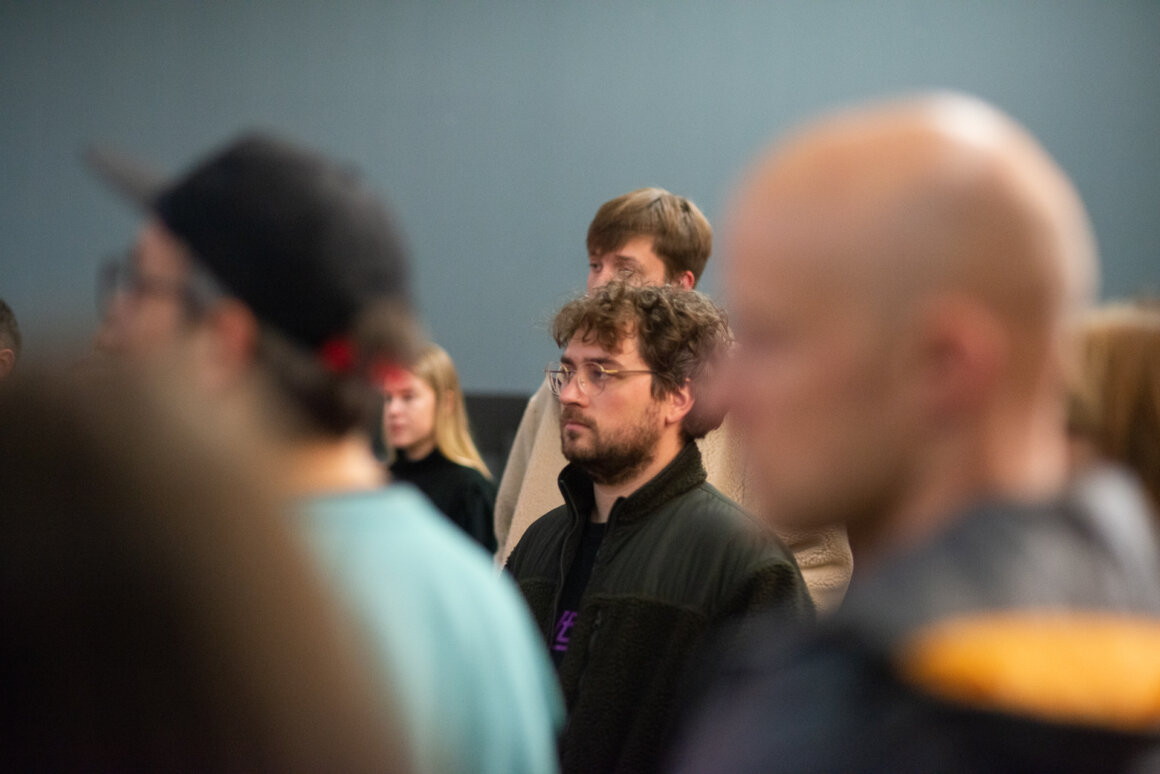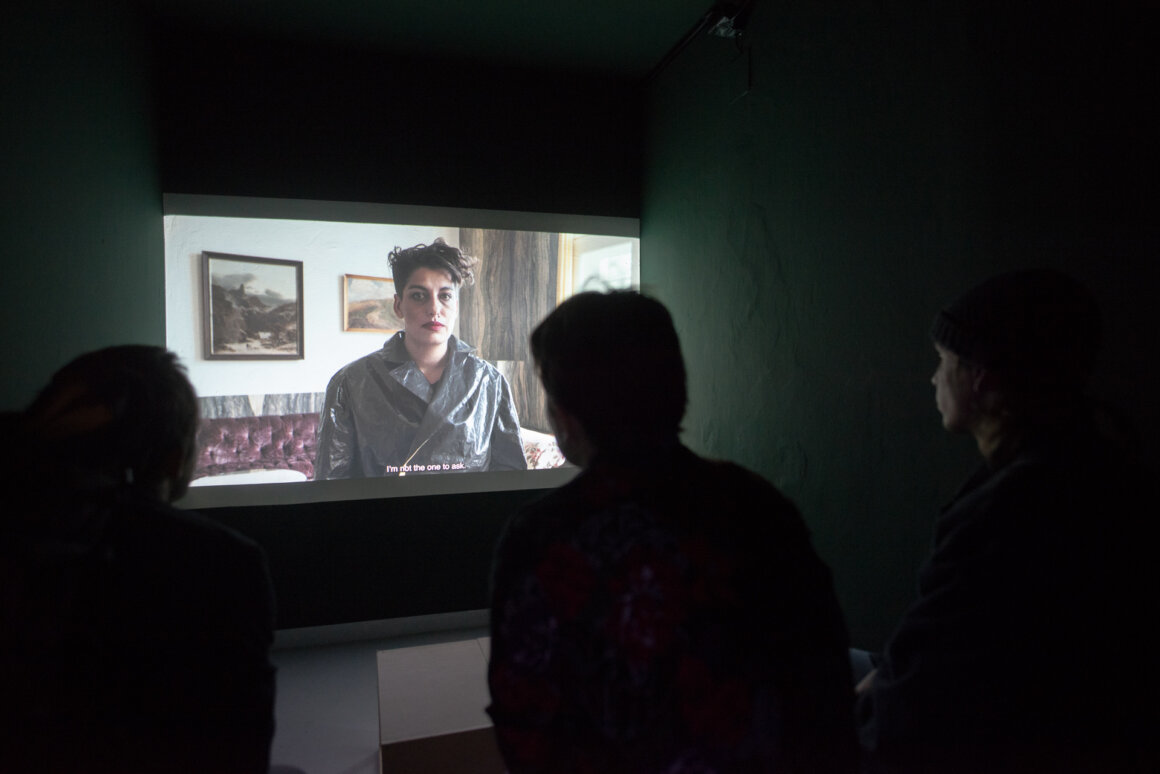The idea of common space is always shaped by ideology. Following the revolutions of 1989, the turbulent turn to neoliberal capitalism and the expansion of digital technologies brought about rapid privatisation and monitoring of both physical and digital spaces. The concept of collective ownership and shared responsibility has been – if not discarded, then at least – discredited. Most places that might be still perceived as public are cultivated according to the interests of their owners or designated managers rather than the people who use them on a daily basis. The priority is then not to create places that allow for communities to gather freely and in compliance with their needs, allowing them to develop social and political life. Rather the opposite, civic spaces are either eliminated or designed to suit the more privileged strata of society. According to recent studies, civic spaces have been deteriorating in a number of European countries where societal tensions have created a fertile ground for governments that threaten the democratic civil society through their policies, and for conservative civic organisations and far-right movements that restrict civic spaces from the “bottom”.
The exhibition advocates for civic spaces being a constitutive element for the formation of a society where all citizens can exercise their human rights and freedoms. Such spaces are not only parks, yards, and squares but also public institutions and increasingly also the digital environment. In their project, the architectural collective Spolka is working with locals to reimagine the space of Corso in Krásné Březno. The run-down socialist premises have lost their former commercial and cultural function, ceasing to be an open space for citizens of the surrounding urban area. Re-imagining a restricted environment is also at the heart of the works of Marie Lukáčová and Karolina Wojtas. Lukáčová’s short films deploy digital animation to envisage a redevelopment of an urban area as well as the transformation of a border region. A playful coping with a restrained civic space is also inherent in the work of Wojtas. Responding to the education system reform introduced by the populist party Law and Justice in Poland, the colourful installation by Wojtas turns the strict rules and rulers upside down.
The microcosm of a school is also Susanne Keichel’s focal point. Even though the education system in Germany is supposed to offer equal opportunities for all, it categorises early on based on which professional qualifications can be achieved. These choices, however, are less related to the pupils’ abilities and more to their family background and the place imagined for them within society. In her documentary approach, Keichel follows a group of pupils during their daily routines, closely observing their learning environment and questioning the determination of their future by an education system that perpetuates social inequalities.
The question of access is crucial also in the film “Lavish Issue”, which was developed by director Alžběta Bačíková in collaboration with Romany political scientist and human rights activist Edita Stejskalová. In a staged visit to a modernist villa in Prague, Stejskalová questions both the symbolic and physical openness of the pristine space.
Civic spaces that exist in the natural and digital world are as important as urban ones. Documenting people’s involvement in the Slovenian referendum on the protection of natural water resources, Michaela Nagyidaiová’s work “Moulding” shows the essential connection between the public and the common. The need for democratic protection from corporate interests is increasingly evident also in the digital sphere. The initial euphoria about the internet as an emancipatory and discrimination-free space has long since given way to disillusionment. Charlotte Eifler’s “Feminism Is a Browser”, on the contrary, illuminates a disregarded feminist genealogy of the internet, encounters its “mothers”, and makes the first step to tie in with their achievements and ideas.
The photo series “Les Intruses” (The Intruders) by Randa Maroufi emphasises that access to public spaces is also an issue of unwritten rules and internalised routines. Reversing a gender-specific occupation with her female “intruders”, she questions male privilege and the unequal distribution of legitimate presence in the public sphere. Presented outside in the public space, Maroufi’s “intruders” not only puzzle our perception but also invite us to join them.














